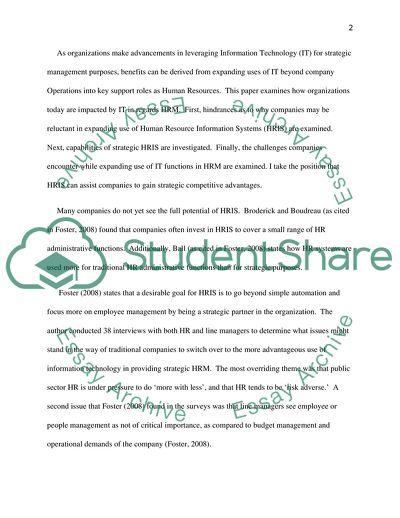Cite this document
(Human Resources and the Utilization of Information Technology Literature review, n.d.)
Human Resources and the Utilization of Information Technology Literature review. https://studentshare.org/human-resources/1743056-assignment-1-critical-literature-review
Human Resources and the Utilization of Information Technology Literature review. https://studentshare.org/human-resources/1743056-assignment-1-critical-literature-review
(Human Resources and the Utilization of Information Technology Literature Review)
Human Resources and the Utilization of Information Technology Literature Review. https://studentshare.org/human-resources/1743056-assignment-1-critical-literature-review.
Human Resources and the Utilization of Information Technology Literature Review. https://studentshare.org/human-resources/1743056-assignment-1-critical-literature-review.
“Human Resources and the Utilization of Information Technology Literature Review”. https://studentshare.org/human-resources/1743056-assignment-1-critical-literature-review.


